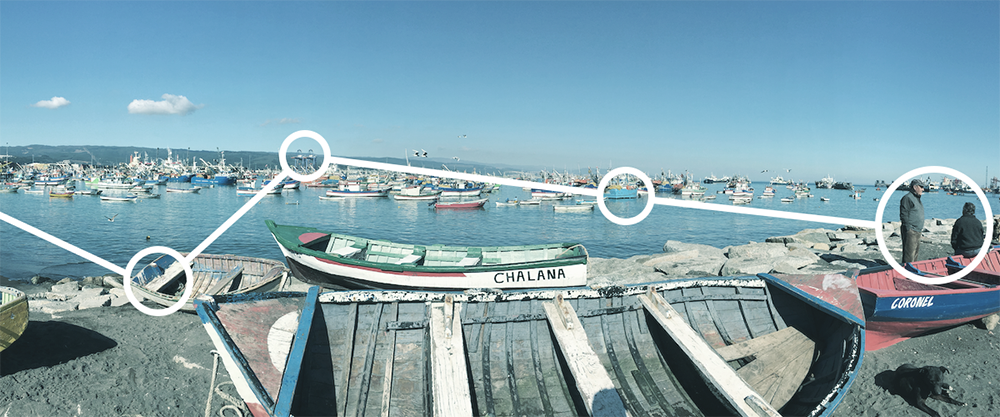
This is the first in a series of blog posts about fisheries system intermediaries.
The world’s oceans are in crisis at a time when forty percent of the world’s population lives within 60 miles of the coast, and billions of people derive their nutrition and livelihoods from coastal fisheries. Communities, nonprofits, governments, and philanthropists have been working hard for decades to improve fisheries and seafood systems, but sustained systemic change has proven elusive. Why is this? And what can be done about it?
THE PROBLEM
We’ve visited and worked with many dedicated fishery communities and NGOs striving to improve conditions on the ground, but they often struggle to find the resources—from money to connections and expertise—they need to support their work. Needs are often fragmented and localized, and fragmentation makes it difficult for organizations to connect and collaborate.
We’ve also worked with many funders and investors who want to fund better ocean and fisheries outcomes, but struggle to find the right opportunities in a fragmented and complex fishery development landscape. The potential capital pool is huge and varied, but fisheries investments have historically been seen as risky or ineffective: too small, too unpredictable, too difficult. The lack of coordination also means that there are conflicting efforts in some places and gaps in others, rather than a coordinated and collaborative effort that eliminates barriers and risks for future investment.
The question is, how can we get capital, resources, and expertise unstuck?
THE NEW MIDDLE-MAN
To create systems change in fisheries there needs to be a way to overcome this disconnect, linking those who can provide resources, technology, expertise, and guidance with those who need them.
We think that a fisheries “system intermediary” could be an important piece of the puzzle.
A fishery intermediary wouldn’t be just another middle man. From helping with dealflow, to building financial and technical infrastructure, to creating knowledge-sharing platforms, an intermediary could help align capital and bolster the kind of horizontal and community-centered work that is essential to successful project implementation.
Our vision for a fisheries system intermediary is grounded in the 3Es: environment, equity and economic improvements. The kind of change we want to see means figuring out the environmental, social, and ethical baseline of the system being influenced. Any investment decisions should be weighed against this baseline, to make sure interventions have a positive outcome across the board. It’s not just about moving money—it’s about improving profitability, livelihoods and environments too.
BUILDING THE INTERMEDIARY
As you have probably guessed by now, Future of Fish is excited to help the fisheries system intermediary concept become a reality. Designing effective, useful intermediaries will be a complex task, requiring finding the right partners, building financial and technical infrastructure, aligning fishery development organizations, creating knowledge-sharing platforms, and more.
The unique value of these fishery system intermediaries is right there in the name: it’s not just about aligning capital, it’s about building for the benefit of a system. Most intermediaries have a mandate to support capital flow or provide capacity building, but there aren’t many players who are doing that with a specific impact or change in mind. This kind of impact requires the intermediary holds deep, systemic context, and accurately predicts how the system will respond to change.
At Future of Fish, all our work is grounded in an understanding of the social, business, cultural, and governance structures of fishery systems. As we see it, a fisheries system intermediary should be strategically developed to channel the right resources to improve that system, from the network of funders down to the communities that catch the fish. If successful, it could be a real gamechanger.
WHAT’S NEXT
We’re excited to get started. Check back soon for the rest of our blog series, where we’ll share more details about how a fisheries system intermediary might be structured, and about how a system intermediary might work on the ground.
Published Apr 01, 2019




